From its community-driven beginnings to the present day: Explore some of the defining moments in the Learning Centre’s history.
The history of the Irving K. Barber Learning Centre, colloquially known as IKB or “Irving” by most students, stretches back to the Great Trek. In 1922, thousands of UBC students marched to Point Grey demanding the creation of a proper university campus. The government responded to the student-led movement and agreed to continue the construction of a campus in Point Grey.
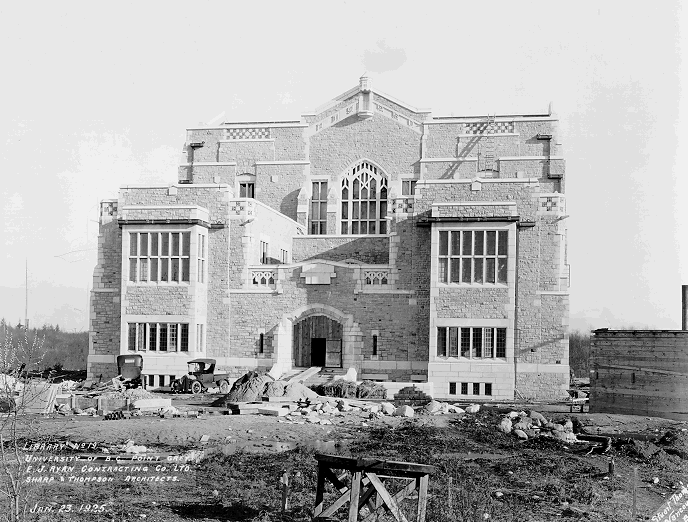
Library nearing completion (January 23, 1925)
(UBC Archives photo #1.1/1876)
The Main Library, now the Irving K. Barber Learning Centre, was one of the first three buildings built on the now-UBC campus. Primary construction began in 1923 after building contracts were signed for a new library to be built with granite from Nelson Island. The stone was carried by barge to Point Grey and transported over land by a temporary aerial tramway and light rail system. The first section was finished in 1925, with additions such as stained glass windows and two new wings being made in later years.
A 1920s UBC publication described the original library as “a massive structure of two stories and a basement built of British Columbia granite. The style is late Tudor, modernized.”
The library was constructed in part while the Scopes Trial, also know as “Monkey Trial”, was underway. The Scopes Trial debated the legality of teaching evolution in schools. Accordingly, the stone masons alluded to this on the main façade of the library by installing two small carvings. One depicted a human-like figure holding a sign that says “funda” (for fundamentalism) and another showed an ape holding a sign marked “evol” (for evolution) — representing the two sides of the Scopes Trial.
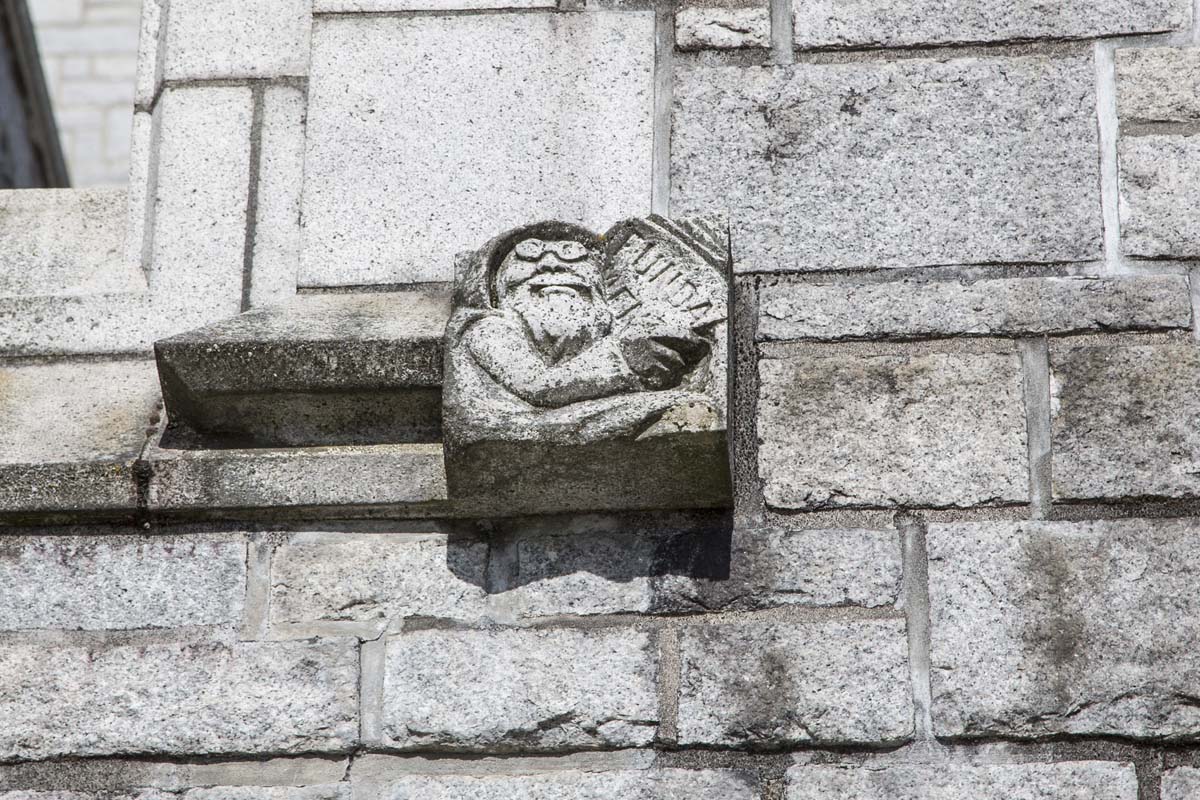
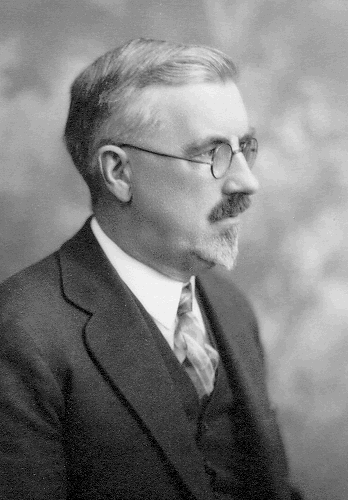
The first University Librarian of UBC from 1916-1940 was John Ridington, whose reputation as an authoritarian within the library walls led to the Main Library being nicknamed “King John’s castle.” Prior to his appointment, J. T. Gerould, a librarian from Minnesota University, was assigned to acquire the first 20,000 volumes for the UBC collection. He made his acquisitions throughout Europe near the beginning of the First World War, and was imprisoned for three weeks in Germany, on suspicion of being a British spy.
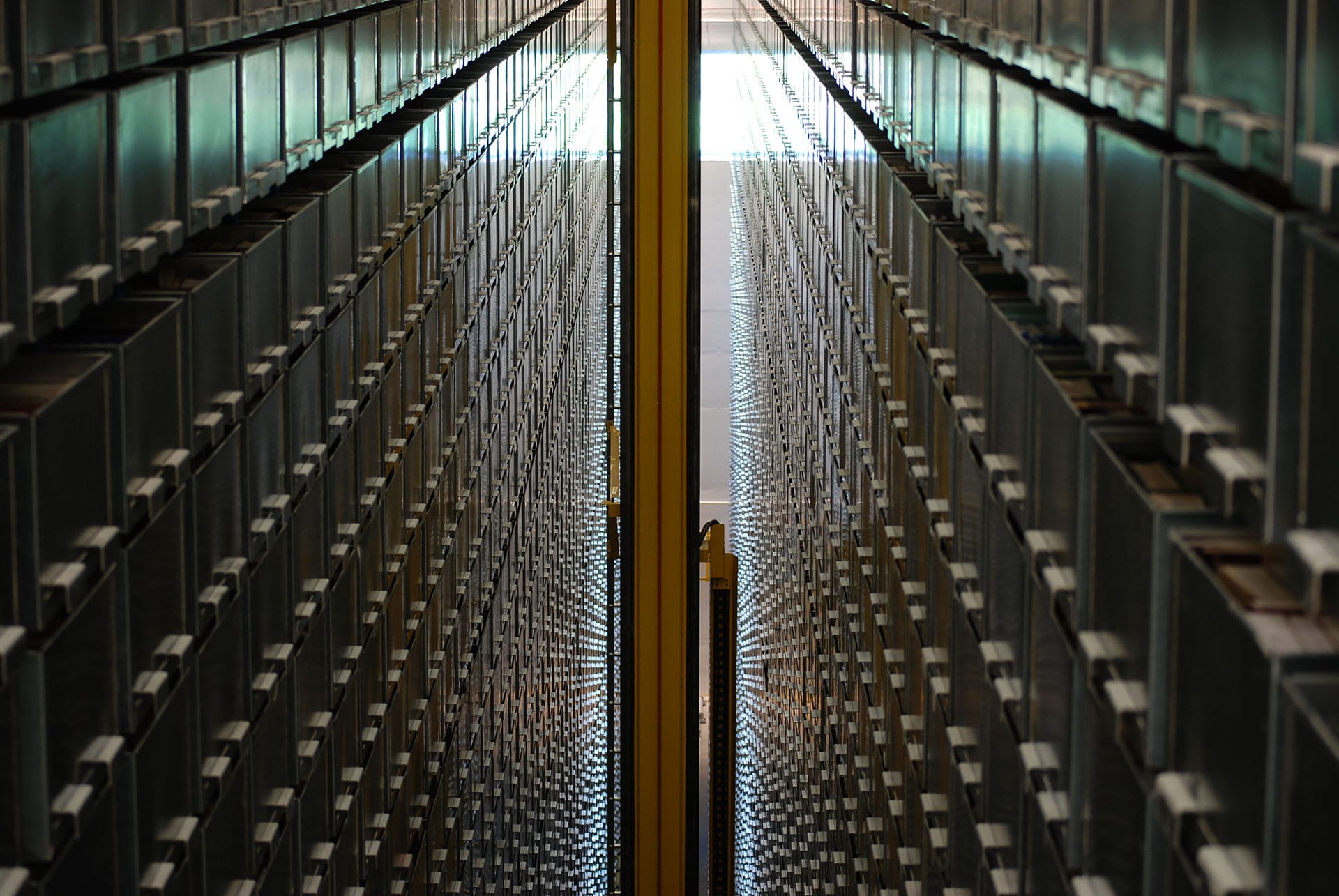
During the Great Depression, the library saw its budget cut from $12,000 per year to $2,000 per year. The library survived by laying off staff and through a donation from the Carnegie Corporation. By 1936, despite the challenges of the Depression, the library’s collection had expanded from 20,000 volumes to 100,000. Today, the UBC library collection is comprised of over six million volumes.
In 2002, following a $20 million donation by UBC Forestry alum and entrepreneur Irving K. Barber, the library began the process of a major renovation — expanding and transforming the nearly 80-year-old building into today’s Irving K. Barber Learning Centre. Though the refurbished library incorporated the original façade in the centre of the building, both wings and the majority of the interior were completely redone.
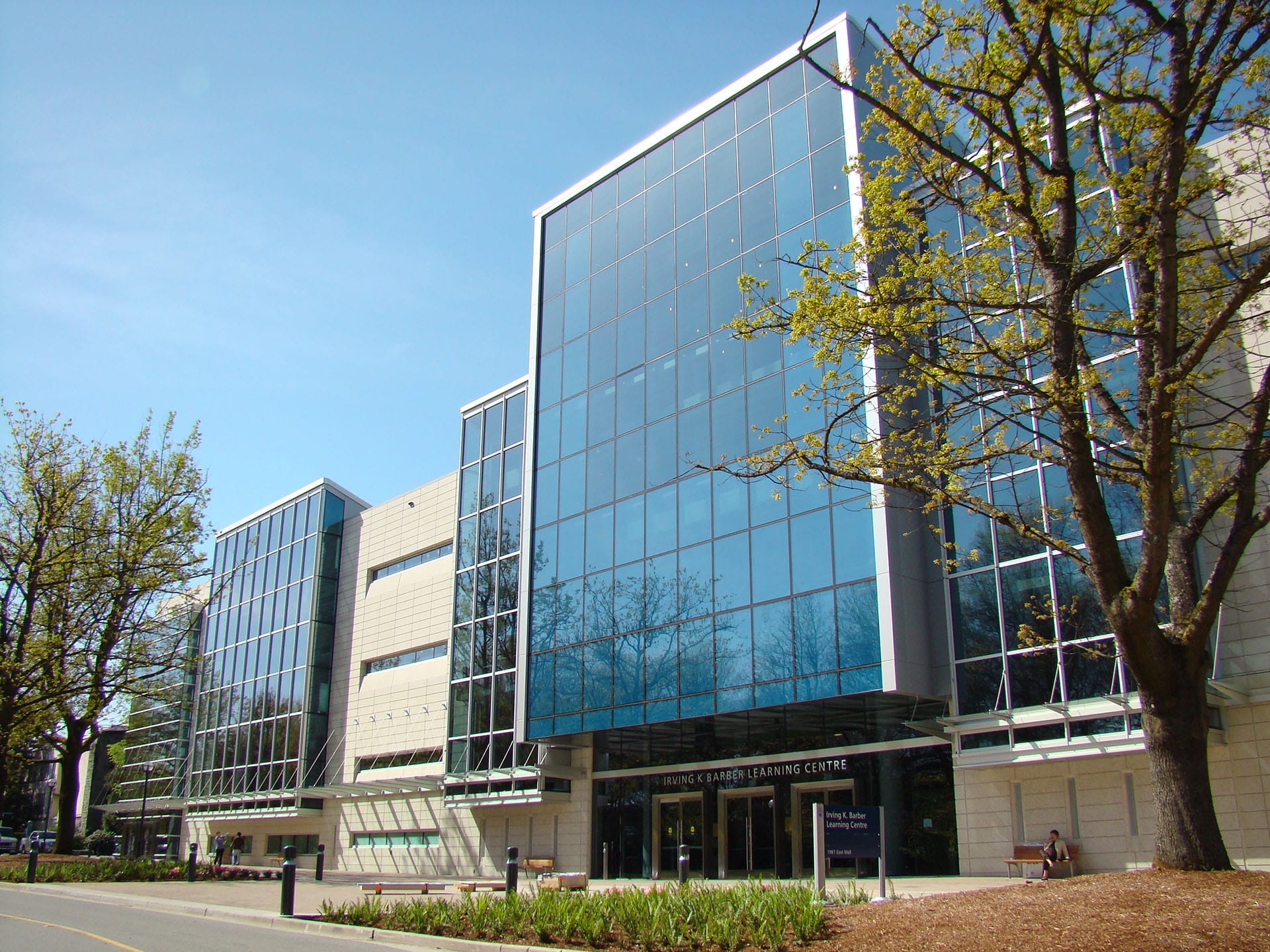
Photo by Teresa Rempel / UBC Communications & Marketing
The Irving K. Barber Learning Centre was designed with learning in mind. The building’s historic core, along with 200,000 square feet of new construction, houses a variety of study, event and social spaces that foster learning, engage the senses and nurture community.
Building Design
The four-storey building features high ceilings, lots of natural light and various art installations to create an inspiring and relaxing space to study.
Sustainable Features
The refurbished building incorporates various sustainable features such as locally sourced and recycled materials (some materials from the demolished parts of the building were reused in the new sections) and radiant in-slab heating.
Research & Learning Infrastructure
Throughout its large open spaces, the Learning Centre offers flexible interior seating for over 1,500 people and the following:
- Bookable group study rooms
- Silent study areas
- Classrooms and seminar rooms
- Access to current digital technology and learning resources
- An open public study concourse, adjacent to rotating exhibits featuring art and cultural installations
Irving K. Barber Learning Centre's current space availability
Digital Signage
Our digital signs are a great way to let students and faculty know about Learning Centre and UBC Library events, services, deadlines, reminders and general promotions.
Learn more about Digital Signage
Automated Storage Retrieval System
The Learning Centre has space for 2.1 million physical items of library material. Of those, 1.8 million are stored within our Automated Storage Retrieval System (ASRS) — also known as “the library robot.” UBC Library was the first in Canada to use this technology to provide fast, easy and effective storage and retrieval. The system operates in a climate-controlled setting, providing an optimal environment for the preservation of print materials.
Ike’s Café
Ike’s Café seats 130 people and is a popular place for students and visitors to grab a coffee or snack.